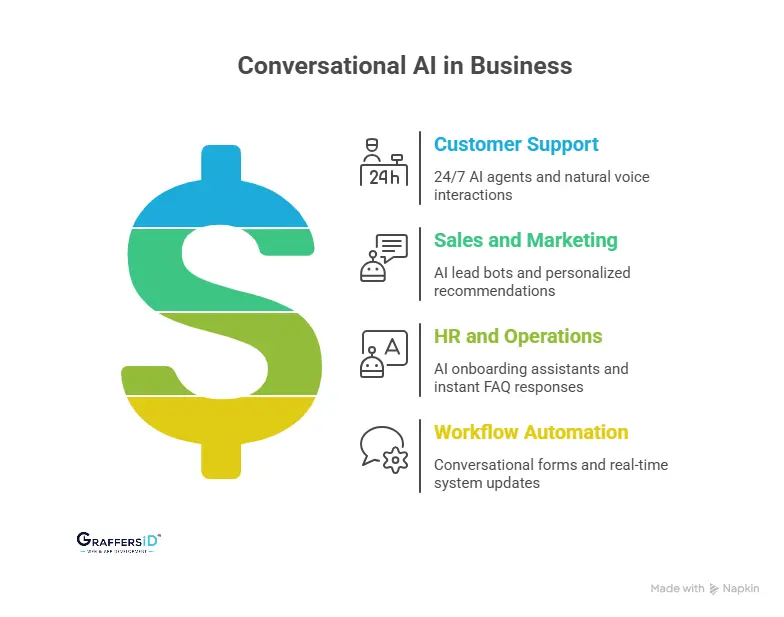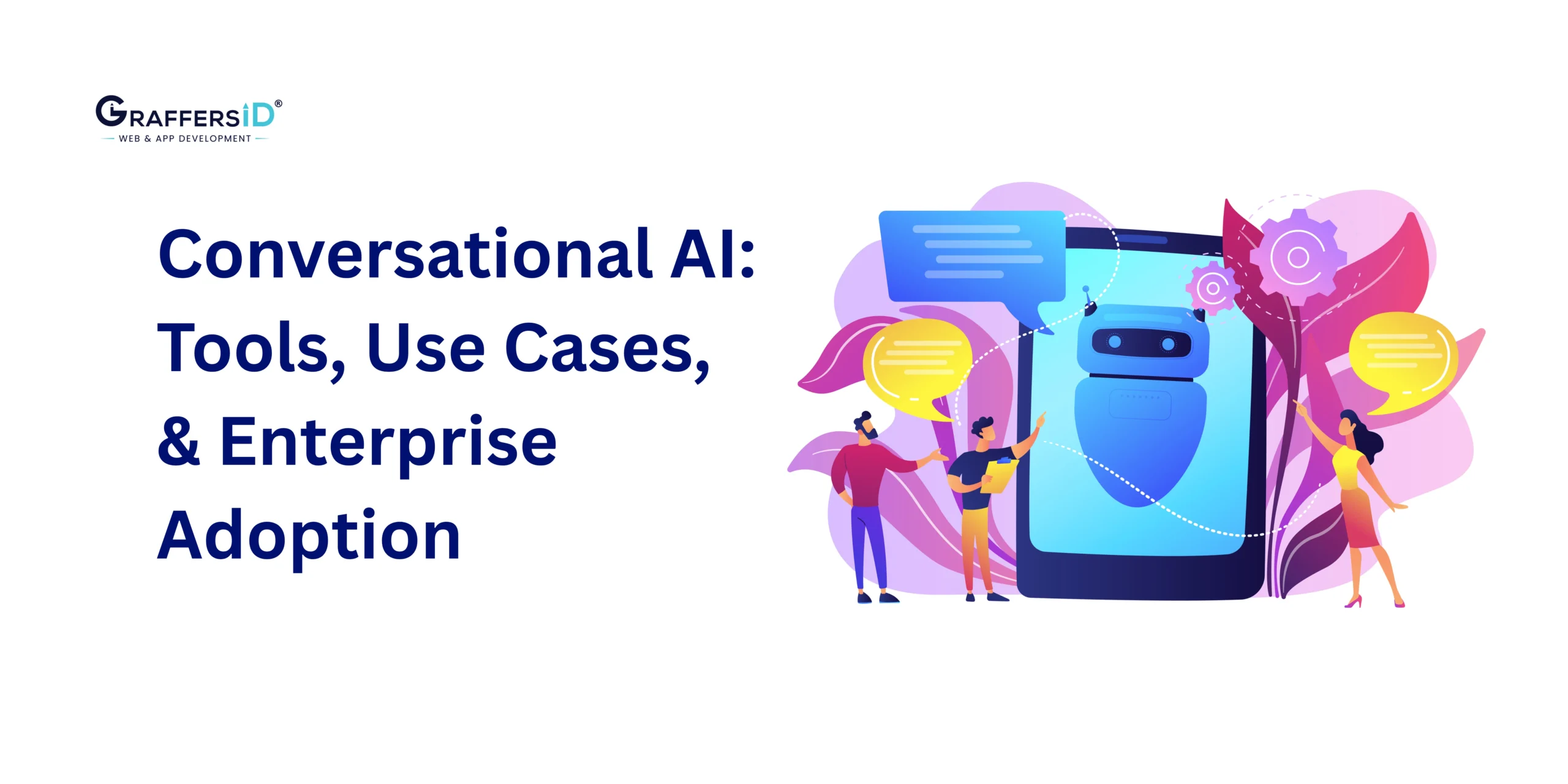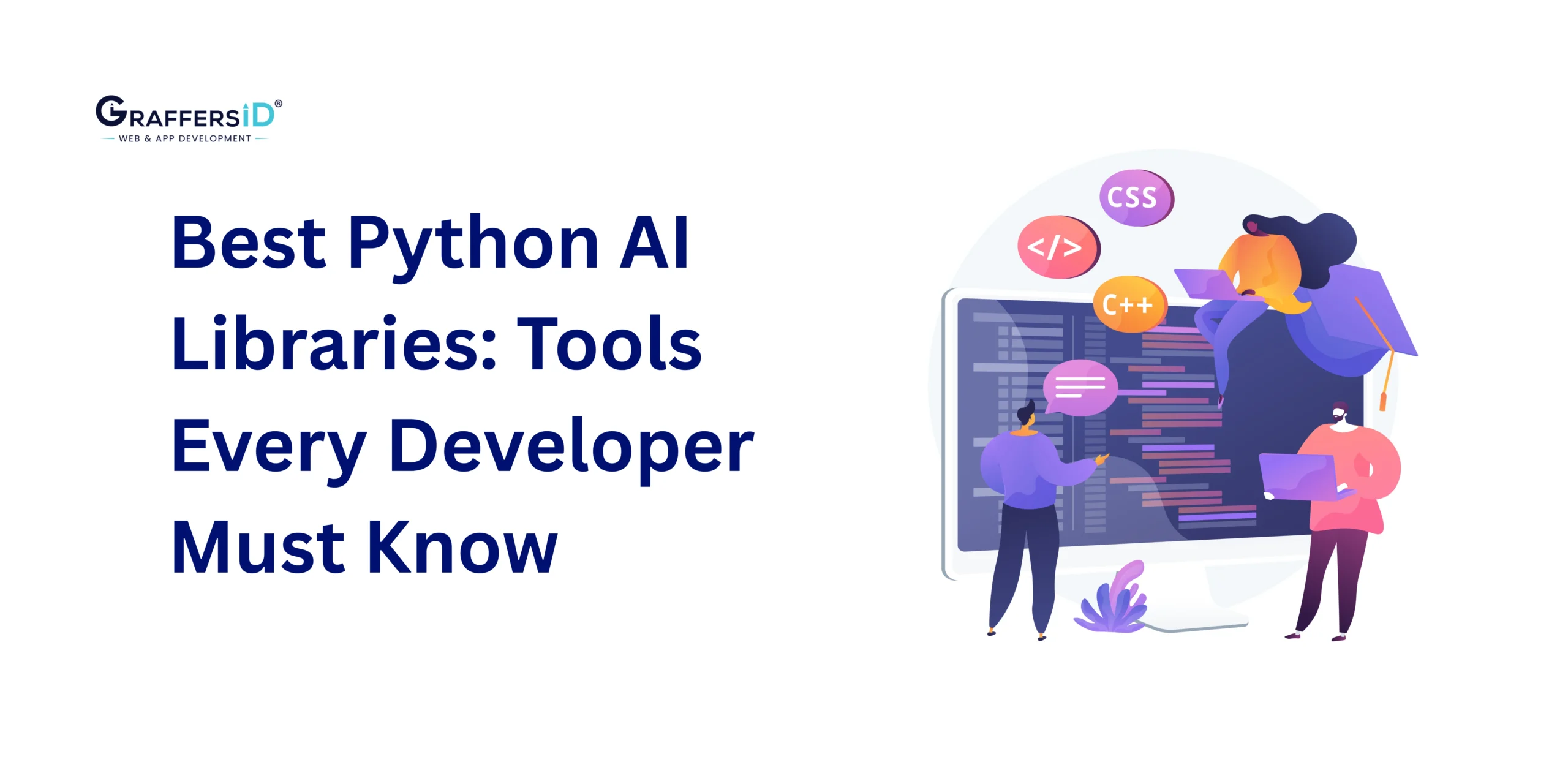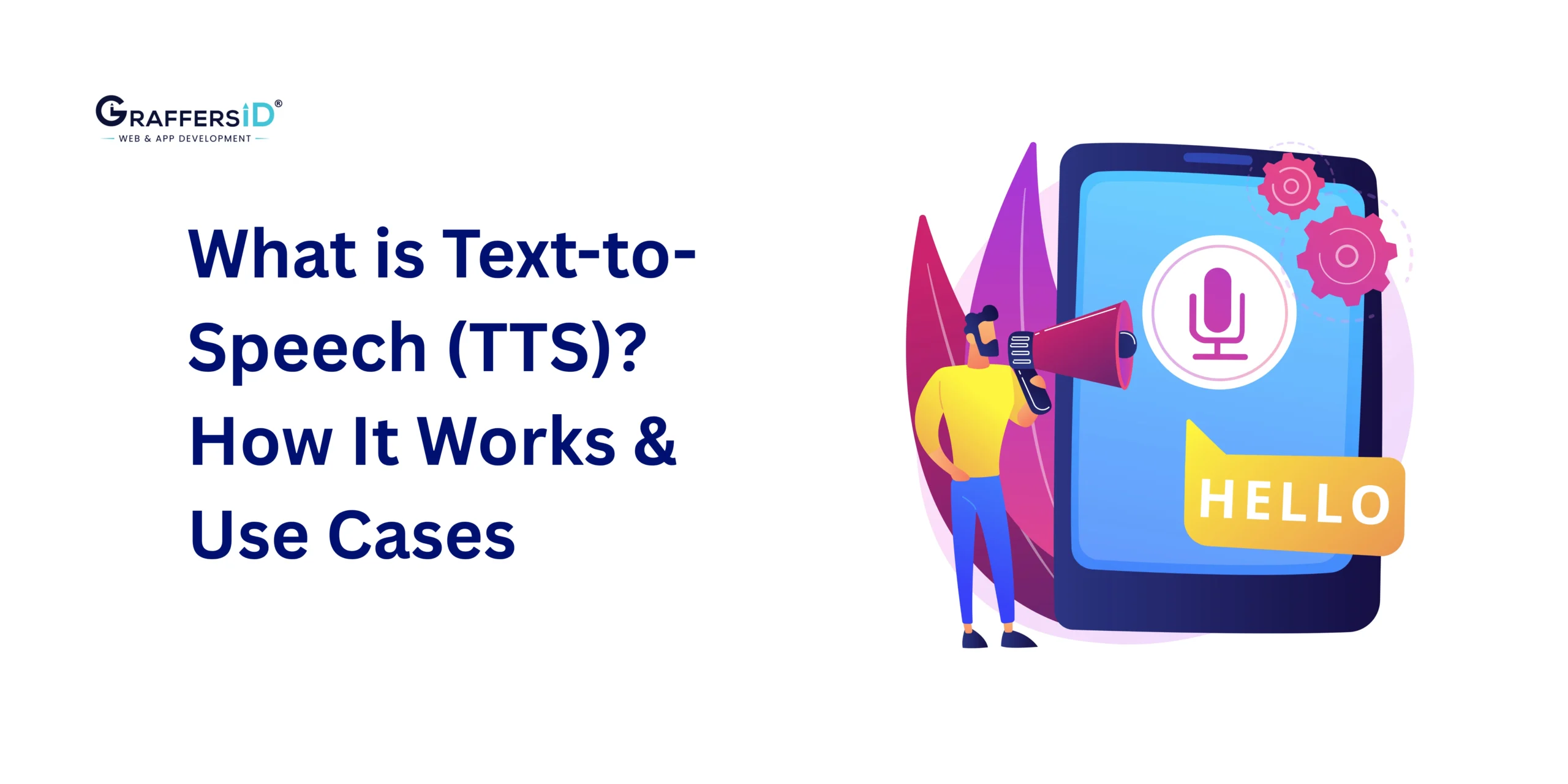By 2025, conversational AI has evolved far beyond basic chatbots—becoming intelligent, enterprise-grade assistants that transform how businesses operate. The question is not “Should we use conversational AI?” It is “How can we scale AI-driven conversations across every department to boost efficiency, customer satisfaction, and revenue?”
From 24/7 customer support bots to autonomous agentic AI systems that complete tasks and streamline workflows, conversational AI is now a key driver of business growth. Powered by advanced foundation models, multimodal capabilities, and cloud-native platforms, these AI systems deliver measurable ROI across customer experience, operational efficiency, and sales performance.
In this blog, we’ll break down what conversational AI is, the top tools and platforms driving adoption, showcase real-world enterprise use cases, and outline the challenges and strategies every executive must know to successfully implement conversational AI.
What is Conversational AI in 2025?
Conversational AI in 2025 refers to advanced AI systems that enable natural, human-like interactions across text, voice, and multimodal interfaces. These next-generation AI assistants go beyond traditional chatbots by:
Read More: Advancements in Natural Language Processing (NLP) in 2025: Tools, Trends, and AI Applications
-
Understanding intent and context using cutting-edge Natural Language Understanding (NLU).
-
Managing conversations seamlessly with context memory and dynamic dialogue orchestration.
-
Generating human-like responses through Natural Language Generation (NLG).
-
Learning continuously from user interactions via reinforcement learning and feedback loops.
These capabilities make conversational AI a powerful tool for customer experience, enterprise automation, and workflow optimization.
Deployment Modes of Conversational AI in 2025
Enterprises deploy conversational AI across multiple channels and devices to meet diverse business needs:

-
Text Chatbots: Integrated into websites, mobile apps, and messaging platforms for instant support.
-
Voice Assistants: Embedded in IVR systems, smart devices, and customer service solutions.
-
Hybrid Multimodal Systems: Combining text, voice, and visual inputs for richer, context-aware interactions.
-
IoT and Embedded AI Agents: Operating in cars, appliances, and wearables to provide proactive, real-time assistance.
These deployment modes allow businesses to scale AI-driven conversations globally, improve operational efficiency, and deliver personalized experiences to every user.
Top Conversational AI Tools and Platforms in 2025
Enterprises in 2025 have a diverse ecosystem of conversational AI platforms designed to enhance customer experience, streamline operations, and drive automation. Here’s a look at the top tools shaping the market:

1. Cloud-Based Conversational AI Platforms
-
AWS Lex and Kendra: Enterprise-ready platforms that provide scalable, multilingual conversational AI with smooth integration into existing workflows.
-
IBM Watsonx Assistant: Advanced NLU capabilities with compliance-focused, enterprise-grade deployment for secure AI interactions.
-
Google Dialogflow CX + Vertex AI: Supports multimodal conversations powered by foundation models for richer, context-aware interactions.
2. Open Source and Hybrid Platforms
-
Rasa: Highly customizable open-source platform for building enterprise-grade conversational agents.
-
Botpress: Developer-first platform with modular design for flexible, scalable solutions.
-
Microsoft Bot Framework: Smoothly integrates with Microsoft 365 and Azure ecosystems for enterprise applications.
-
LangChain-Based Orchestrators: Enables developers to build advanced AI agents on top of LLMs with advanced orchestration and memory capabilities.
3. Agentic Conversational AI
Modern platforms now go beyond conversation, performing tasks autonomously. These AI agents can schedule meetings, update CRMs, manage workflows, and take proactive actions, increasing enterprise productivity and efficiency.
Key Factors to Choose the Right Platform
When selecting a conversational AI platform, enterprises should evaluate:
-
Scalability: Ability to handle multiple channels and high-volume interactions.
-
Performance: Low latency and real-time response capabilities.
-
Multilingual Support: Smooth global communication across regions.
-
Compliance & Security: Data privacy, governance, and regulatory adherence.
-
Integration Flexibility: APIs, CRMs, ERPs, and third-party systems.
-
Cost & Vendor Lock-In: Total cost of ownership and flexibility to switch vendors if needed.
By focusing on these platforms and criteria, enterprises can deploy conversational AI that is secure, scalable, and optimized for real-world business impact.
Business Use Cases of Conversational AI in 2025
Conversational AI in 2025 is transforming enterprises across customer service, sales, HR, operations, and industry-specific functions.

1. Customer Support
-
24/7 AI agents handle customer queries, reducing call center costs significantly.
-
Conversational IVR enables natural voice interactions for faster resolutions.
-
Smart escalation bots transfer complex cases to human agents seamlessly.
2. Sales and Marketing
-
AI lead bots qualify prospects and capture sales opportunities in real time.
-
Personalized product recommendations drive higher conversions with AI-driven insights.
-
Conversational campaigns upsell and cross-sell products through chat and voice.
3. HR and Operations
-
AI onboarding assistants guide new employees through setup and training.
-
HR bots answer FAQs on policies, payroll, and benefits instantly.
-
AI IT helpdesk resolves routine tech issues without human intervention.
4. Workflow Automation
-
Conversational forms replace manual data entry, improving accuracy and speed.
-
AI-integrated bots auto-update CRMs, ERPs, and ticketing systems in real time.
Industry-Specific Applications
-
Banking bots support secure transactions and real-time fraud alerts.
-
Healthcare AI assistants handle patient triage, scheduling, and follow-ups.
-
Retail AI chatbots track orders, manage returns, and act as virtual shopping assistants.
Best Practices for Implementing Conversational AI in 2025

- Start with High-Impact Use Cases: Focus on areas like customer support or sales where conversational AI can deliver quick ROI and visible business outcomes.
- Use Domain-Specific Training Data: Train your AI on industry-specific datasets to improve accuracy, context understanding, and response relevance.
- Keep Humans in the Loop: Deploy hybrid systems where complex queries can smoothly escalate to human agents for better customer satisfaction.
- Track and Optimize Key Metrics: Continuously monitor KPIs like customer satisfaction (CSAT), deflection rate, and ROI to refine performance.
- Ensure Compliance and Security: Align your AI systems with regulations like GDPR and HIPAA to maintain trust, privacy, and legal compliance.
- Integrate with Business Systems: Connect conversational AI with APIs, CRMs, and ERP platforms to automate workflows and reduce manual effort.
- Invest in Training and Change Management: Educate employees and support adoption with clear guidelines to maximize ROI from conversational AI initiatives.
Read More: Agentic AI vs. Generative AI: Key Differences CTOs Must Know in 2025
Challenges of Conversational AI in 2025
Despite its growth, enterprises face challenges when deploying conversational AI:
- Handling Complex Language and Cultural Nuances: Conversational AI must accurately interpret slang, dialects, and cultural context to provide meaningful, human-like responses across global audiences.
- Preventing Hallucinations in AI Responses: Generative-enhanced conversational AI can produce incorrect or misleading answers, requiring robust guardrails and real-time validation for accuracy.
- Ensuring Privacy, Security, and Compliance: Enterprises must safeguard user data while adhering to global regulations like GDPR, HIPAA, and emerging AI governance frameworks.
- Building Explainability and Trust: Decision-makers need AI systems that provide transparent reasoning, so users understand why a response or action was generated.
Future Trends in Conversational AI (2025 & Beyond)
Looking ahead, enterprises should prepare for:
- Emotionally Intelligent AI: AI systems will understand and respond to user emotions, adapting tone and language for more human-like, personalized interactions.
- Multimodal Conversational Assistants: Next-gen assistants will combine text, voice, and visual inputs to deliver smooth, context-aware user experiences across devices.
- Agentic AI for Proactive Tasks: AI agents will not just converse—they will take actions, schedule tasks, and execute workflows autonomously for enterprises.
- Cross-Lingual AI Assistants: Conversational AI will support multiple languages and cultural nuances, enabling global enterprises to interact effortlessly with diverse users.
- Foundation Model-Driven AI: Large foundation models will power the next generation of conversational agents, delivering richer context, better reasoning, and advanced personalization.
Conclusion
Conversational AI in 2025 has become a critical driver of enterprise success, enabling businesses to scale operations, automate processes, and deliver exceptional customer experiences. Companies that adopt these technologies strategically will achieve measurable growth, operational efficiency, and enhanced customer satisfaction.
As enterprises embrace advanced AI systems powered by foundation models, multimodal interfaces, and agentic capabilities, staying ahead in the digital transformation race requires informed decision-making and reliable implementation strategies.
At GraffersID, we specialize in helping businesses design and deploy intelligent, scalable, and secure AI solutions tailored to enterprise needs. From hiring expert AI developers to building custom conversational AI applications, we empower organizations to harness AI for tangible business results.
Ready to transform your enterprise with next-gen conversational AI? Contact GraffersID today and start building smarter AI solutions.




